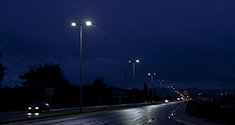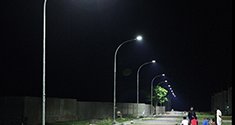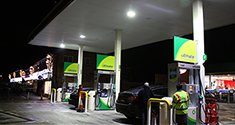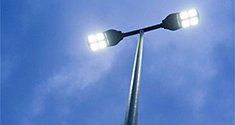Understanding Surge Protection For LED Luminaires
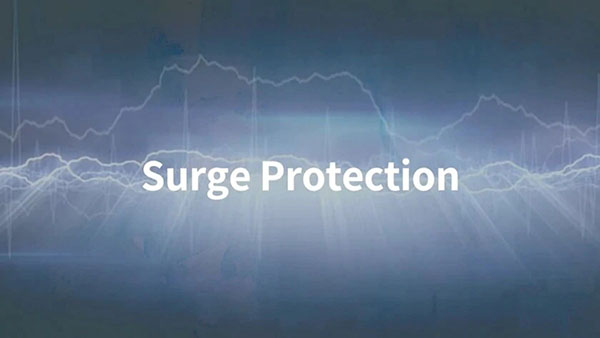
Surge Protection Overview
Voltage surges have a huge destructive impact upon electronic equipment, including LED lighting systems. They wear out LED drivers and distribution panels prematurely and increase service interruptions to LED lighting. Beyond material damage to the luminaires, voltage surges caused by lightning, for example, can trigger or break protective devices in the circuit boards of lighting distribution panels.
The vulnerability of electronic lighting systems to over-voltages is widely recognized in technical literature, and different international regulations and standards specify the need for lighting protection.
Public lighting installations are exposed to the environment. Located where continuity of service is essential, it is crucial that these installations are protected against lightning and over-voltages.
Investing in protection can extend luminaire lifetime, improve public services, and greatly reduce overall operating and infrastructure costs.
What are transient or surge over-voltages?
Surge over-voltages are spikes that can reach tens of kilovolts but last for only a few microseconds. Despite their short duration, their high energy content may cause serious problems to electronic equipment connected to the electricity network — from premature aging to destruction — resulting in service disruptions and costly repairs.
Voltage surges have several causes. For example, lightning discharges that directly strike the distribution line of a building, or its lightning rod, can induce electromagnetic fields that generate voltage spikes in nearby lighting installations. Long outdoor distribution power lines are highly susceptible to the direct effects of lightning strikes, with large currents from the lightning being conducted in the power lines. It’s also common for non-weather phenomena to cause voltage spikes in adjacent lines — for instance, switching devices (contactors) inside electrical cabinets, or the disconnection of transformers, motors and other inductive loads or high power equipment (generators, welders) coupling energy on shared branch circuits connected to sensitive electronic equipment.
Surge over-voltages have two modes of circulation: common and differential. Common-mode over-voltages appear between the live conductors and earth/ ground: for example, line-to-earth or neutral-to-earth. Differential-mode over-voltages circulate between live conductors: line-to-line or line-to-neutral. A well-protected luminaire should integrate protection for both modes.
Surge over-voltage protection is provided by installing a surge protection device (SPD) on the vulnerable line. In the event of a surge over-voltage, the protective device will divert excess energy to earth/ground, thus limiting the peak voltage to a tolerable level for the electrical equipment connected downstream.
An SPD can be installed in parallel or series.
When the SPD is connected in series it acts like a fuse. So, when the priority is to protect the electronic components down the line from further damage, as is the case in most outdoor applications, series connection is preferred.
When connected in parallel, the luminaire continues to function even after the SPD is damaged, leaving the electronic components down the line unprotected. So, when continuity of functioning is preferred over protection of components down the line, parallel connection can be used.
The SPD will be degraded after weathering a number of spikes above its specified threshold voltage level. A certified SPD is provided with an indicator flag that shows when the SPD is no longer functional. It is vital that the indicator be regularly monitored as part of general maintenance and replaced when the indicator shows the SPD is non- functional.
Protecting against the effects of surge over-voltages in LED lighting systems
An SPD acts as a voltage-controlled switch. When the voltage surge is lower than the SPD activation voltage, the component is passive. On the other hand, when the voltage surge exceeds the activation voltage, the SPD diverts the surge energy and prevents it from damaging the equipment.
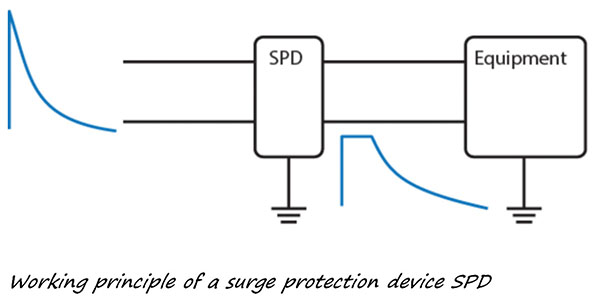
WSL Lighting realized early on the importance of surge protection device to LED luminaires, they strictly select SPDs which meets international safety standards to install on their LED lamps. To meet different areas and projects requirements, they has 10kV and 40kV SPD for optional.
For more LED street lights with surge protection device, please click here https://www.wsl-light.com/product/

